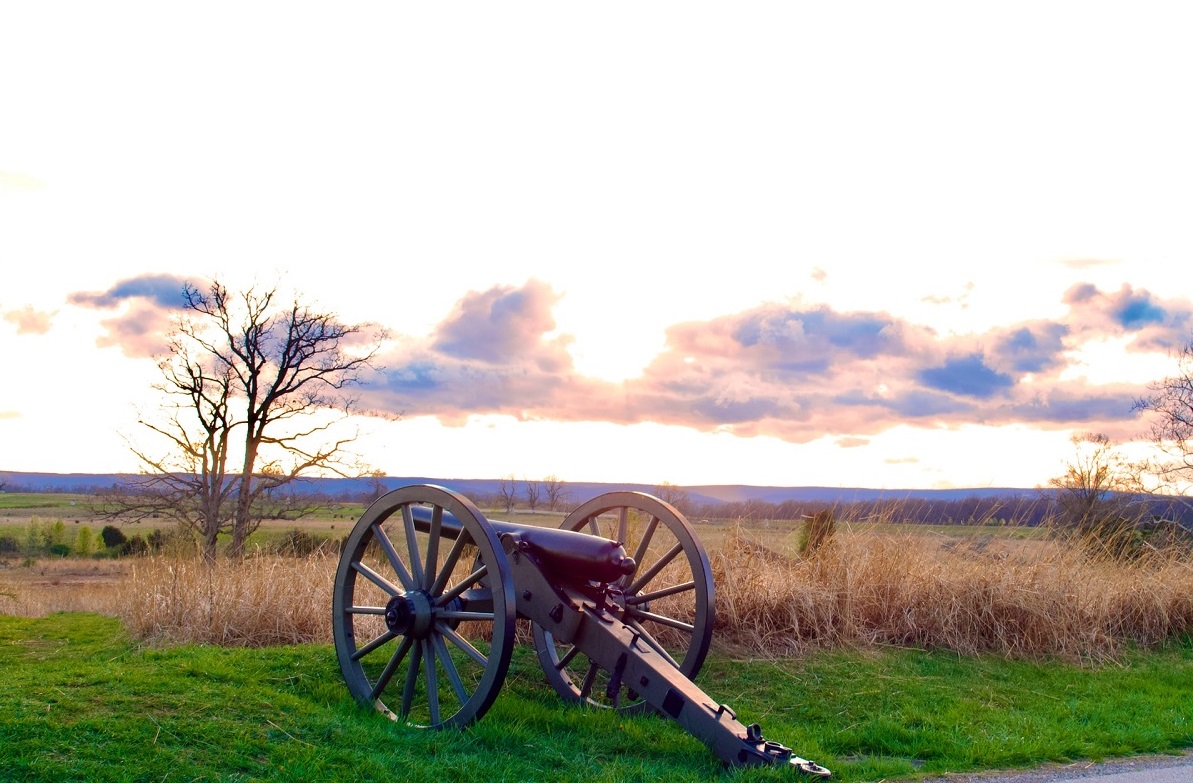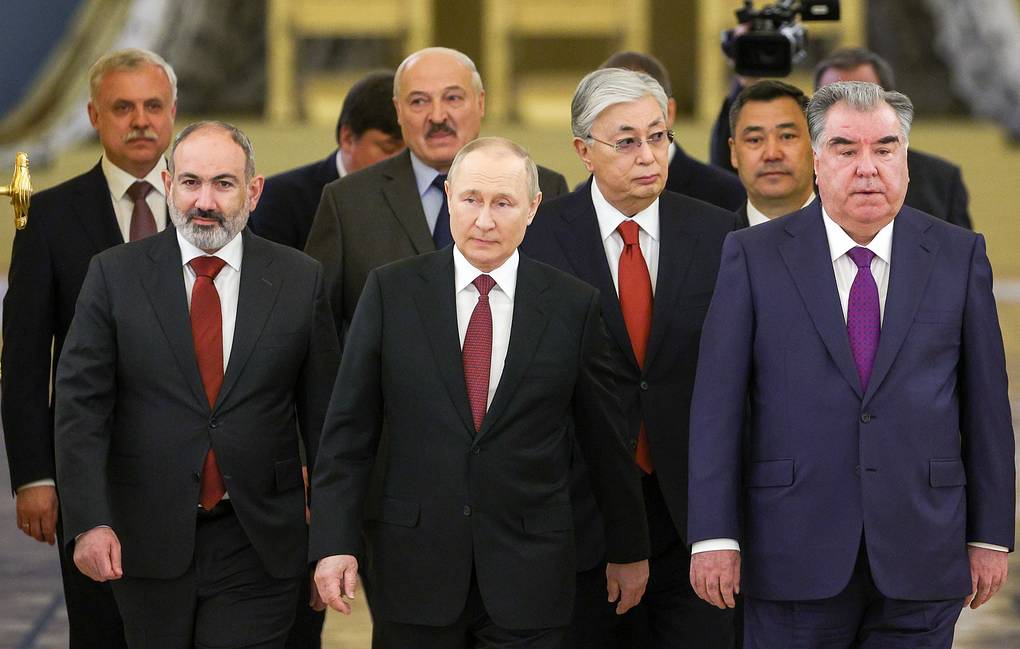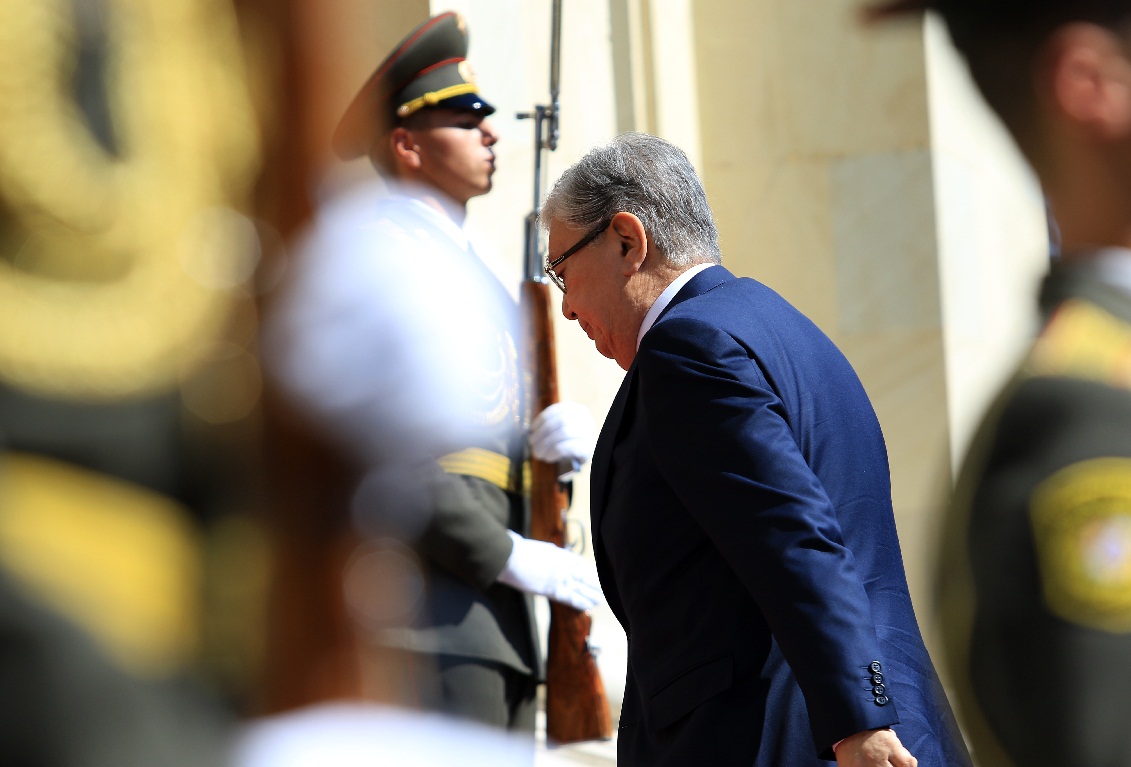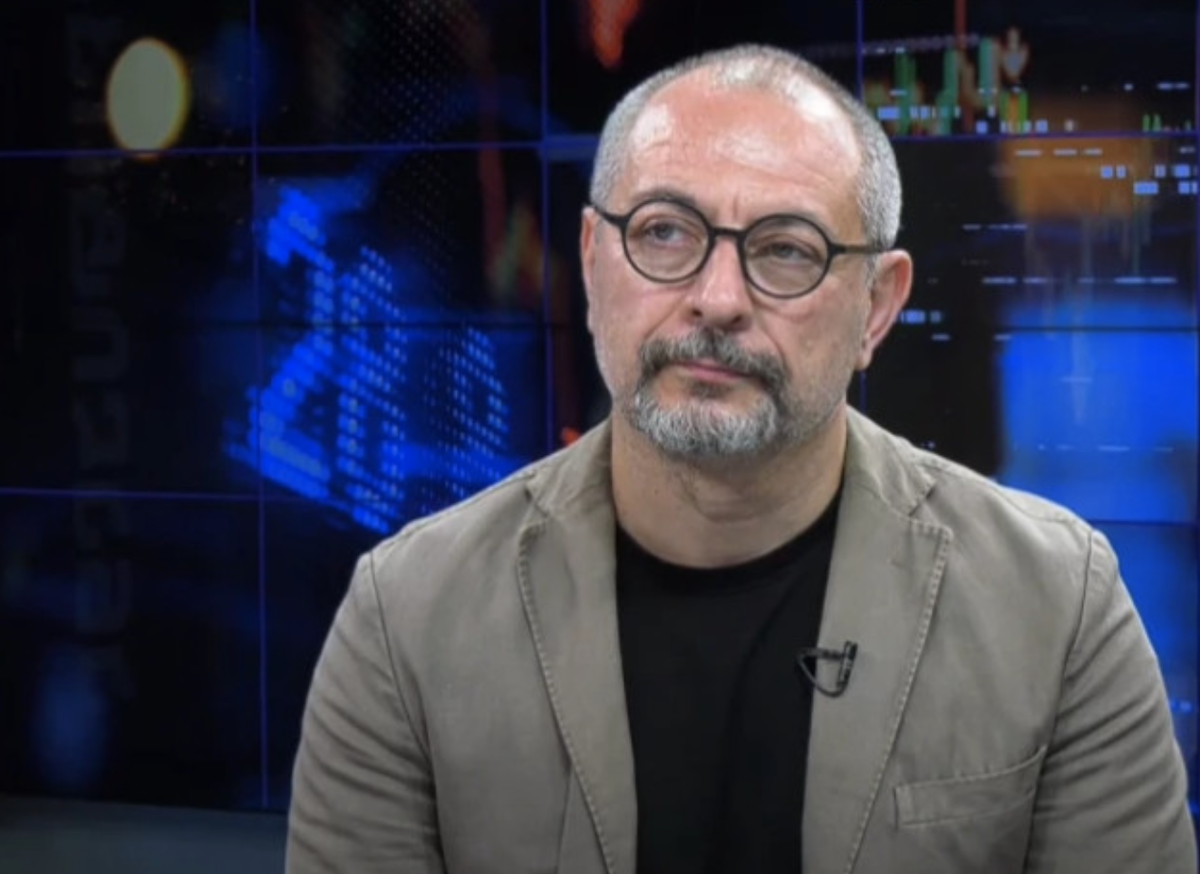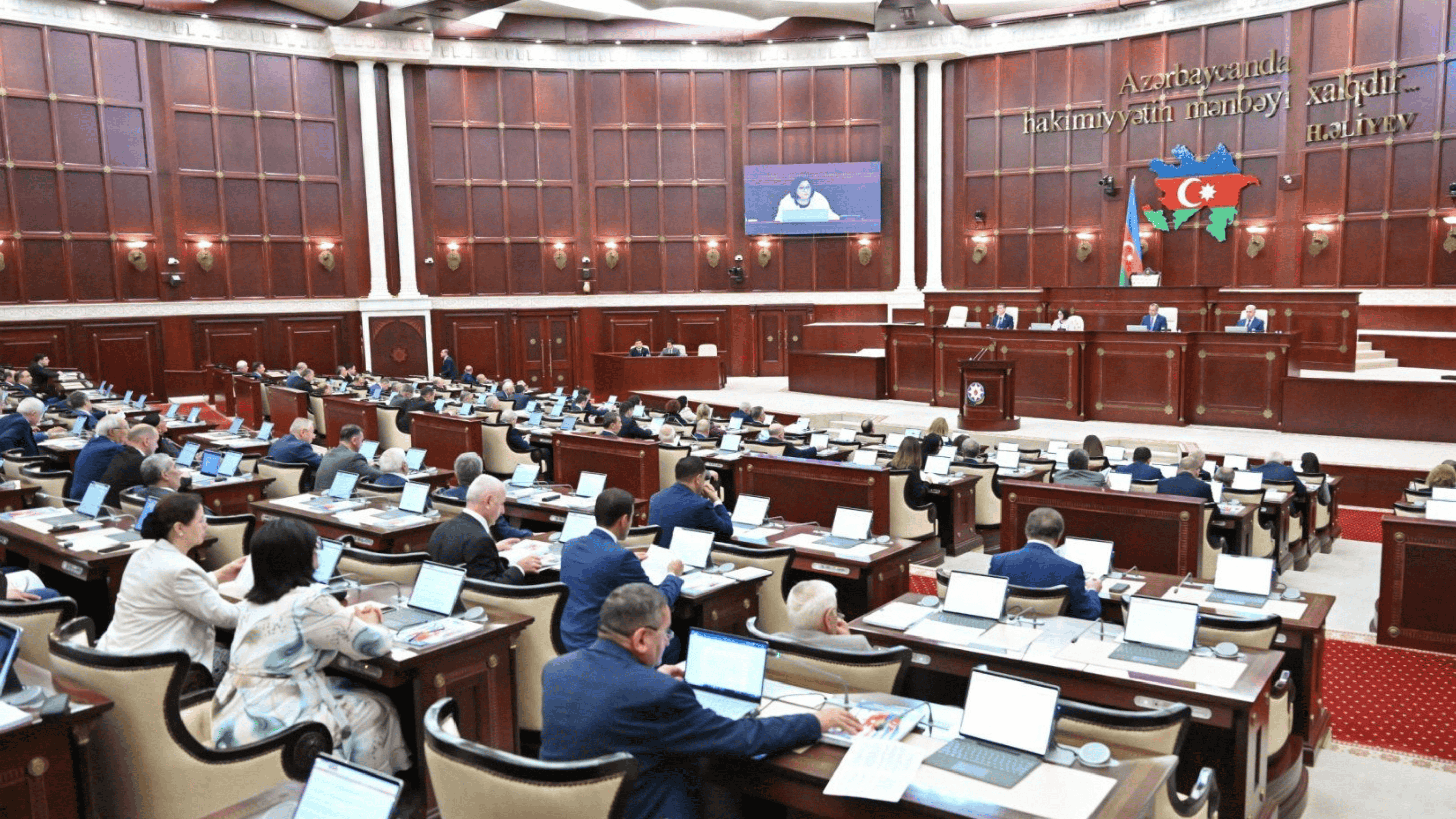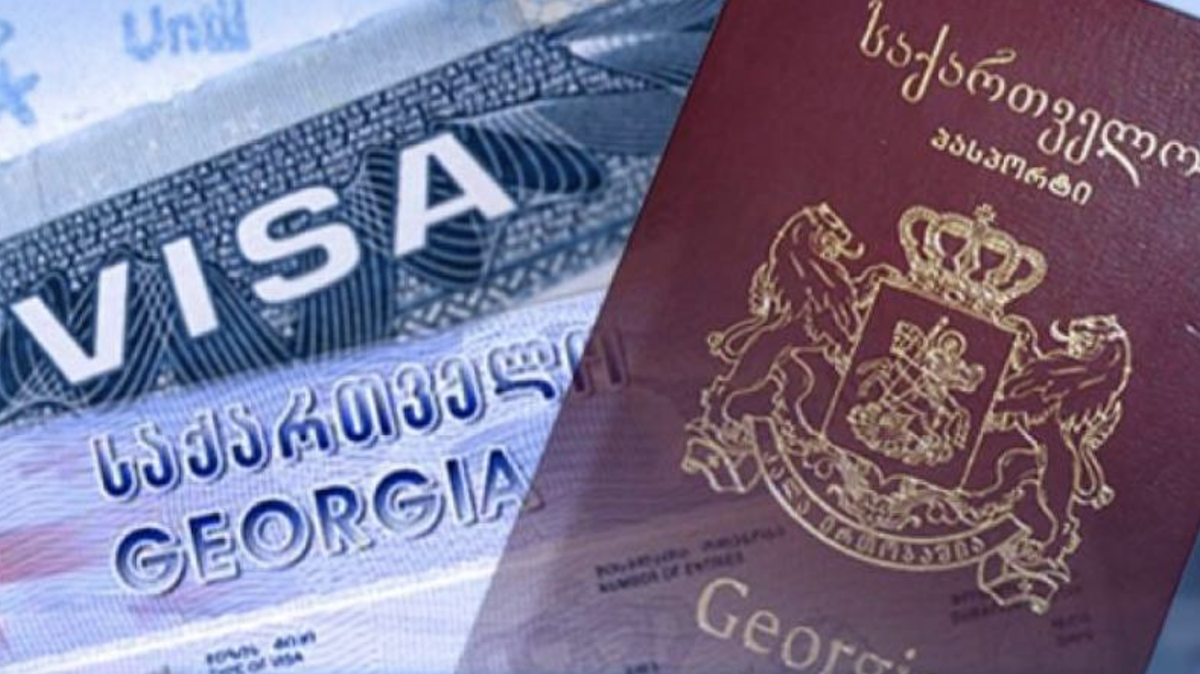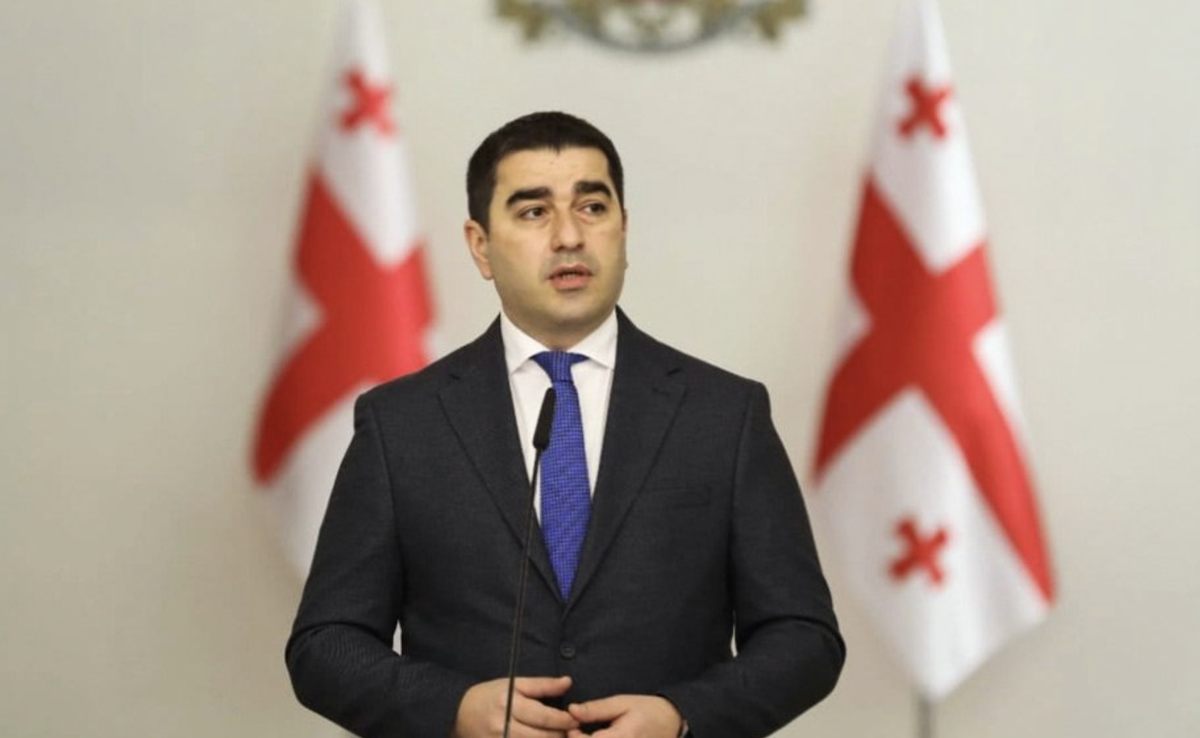Diversifying Arms Markets: How Armenia Is Overcoming Dependence on Russia
New markets for arms purchases
The Indian press has reported that a deal discussed for over two months has been concluded, and Armenia has been included on list of buyers of weapons produced in India. Armenia will also become the first foreign country to acquire the Pinaka multiple rocket launcher system. An extensive report by Indian television channel India Today said that the deal, worth about $260 million, is considered successful and important for the Indian arms industry.
The Prime Minister of Armenia refused to comment on these publications, only stating that “Armenia has not denied them” and that he himself does not want to go into details. Nikol Pashinyan also stressed that his government “is taking active steps to expand cooperation in the military-technical sphere, which is not at all easy.”
Armenia has been trying to upgrade its military since the 2020 Karabakh war. Pashinyan states that Azerbaijan is attempting to stymie this process through “military provocations at the border.” Armenia’s allies are also not only not providing agreed-upon assistance, but even not delivering weapons previously purchased.
The situation is complicated by the fact that not many countries are ready to sell weapons to Armenia, which is a strategic ally of Russia. There is also a problem with the delivery route of weapons. One such route is from India via Georgia, which currently does not permit Russian weapons to transit to Armenia.
An attempt to understand the following questions: why did Armenia prefer the Indian market for the purchase of weapons, what exactly did it acquire, how profitable the deal was, and through which countries the weapons will be imported.
According to political scientist Armen Vardanyan, Armenia chose the Indian market for the purchase of weapons since it had little choice. For many years Armenia has been a “consumer” of Russian weapons, and is now trying to diversify and thus overcome its dependence on Russia. But not all countries are ready to provide weapons to a state that is part of the CSTO military bloc.
The CSTO (Collective Security Treaty Organization) operates under the auspices of Russia. The organization also includes Belarus, Armenia, Kazakhstan, Kyrgyzstan and Tajikistan.
The other day, the Prime Minister of Armenia said that Armenia is not receiving weapons it has purchased. Although Pashinyan did not name Russia, experts consider it obvious that he was talking about Armenia’s strategic partner.
“Hundreds of millions of dollars have been paid, but the obligations for deliveries to Armenia are not being fulfilled […]. This, of course, is an unfortunate reality, and we must seriously analyze this situation,” Pashinyan said.
Political scientist Armen Vardanyan says this episode alone is enough for Armenia to try to buy weapons from other countries.
Vardanyan notes that negotiations on the purchase of weapons in India began long before the September aggravation on the Armenian-Azerbaijani border.
“Western countries are afraid to sell weapons to a country that is part of the CSTO because they are afraid that the weapons will end up in Russia. The United States and France, as co-chairs of the OSCE Minsk Group, do not want to sell weapons to any of the conflicting parties [negotiations were held in the format of the OSCE Minsk Group to resolve the Karabakh conflict before the 2020 war]. So the Indian market was the best option for us.”
Vardanyan says that India is just entering the world arms supply market and it is profitable for it to sign large contracts with countries like Armenia.
“Russian weapons have not been delivered to Armenia for two years”
“Azerbaijan buys weapons from more than ten countries, including Turkey, Israel, Belarus, and more than 90% of Armenia’s weapons are Russian-made. Suppliers often deliberately delay deliveries. Russian weapons have not been delivered to Armenia for the past two years.
The reason, first of all, is that suppliers do not have time to ship to us, as they are busy sending weapons to Ukraine. It has become a threat to national security. Being at war, our partners haven’t shipped the weapons we paid for. Therefore Armenia had to look for alternative markets,” explained Vardanyan.
The Prime Minister of Armenia, in his last interview, although refusing to provide details about the acquisition of weapons, nevertheless made it clear that he was pleased with the deal.
“I would like us not to confuse the import of scrap metal with the import of weapons and military equipment. Because the purchase of weapons from the ’60s and ’80s should not be confused with the import of [modern] weapons and military equipment,” Pashinyan said, alluding to recent statements by the former Armenian authorities.
According to Vardanyan, Armenia should not be satisfied only with the Indian market, but continue to search for new suppliers in order to reduce its dependence on Russia.
Gela Vasadze, a Georgian expert and senior fellow at the Georgian Center for Strategic Analysis, agrees that this is a step towards strengthening Armenia’s security:
“Armenia takes care of its security, as we see that Russia is not able to ensure its security. The point is not that Moscow does not want to protect Armenia, the point is that Moscow is unable to ensure the security of Armenia,” he said.
“Georgia has banned the transit of Russian weapons through its territory”
There are two ways to deliver Indian weapons to Armenia: Iran or Georgia. Iran experts say that there will be no political problem with Iran, the transportation of weapons to Armenia can be organized through an Indian port or by air.
Political scientist Gela Vasadze says that in any case, if for some reason Iran refuses to let the cargo through, Georgia will not interfere with the transport of Indian weapons to Armenia through its territory. According to him, official Tbilisi was only against becoming a transit zone for Russian weapons:
“Georgia has a ban on the transit of Russian, I repeat, Russian weapons through our territory to any country. This is the law. After 2008, Russian weapons did not enter Armenia through the territory of Georgia either by air or by land. We are a country that has taken a course towards NATO membership. And we cannot provide our territory for the transportation of Russian weapons. Indian weapons are not a problem for us, I think, nor for Iran.”
What is Pinaka?
So far the Indian Pinaka offensive launch system have been used only by the manufacturing country.
It can fire 12 missiles in 44 seconds, with a range of 60 kilometers; the length is 4950 mm and caliber 214 mm.
Military expert Van Hambardzumyan welcomes any arms deal, but believes that for the same price Armenia could buy more powerful weapons:
“When buying any weapon, it is important that this weapon works in the Armed Forces of a given country, so that it is familiar to military personnel, so that the latter can maintain, repair, and change spare parts. “Pinaka” from this point of view is somewhat problematic for the Armenian Armed Forces. Our military is not familiar with this model, and it will take a long time to get acquainted with and learn how to use it. It will be difficult for the technical personnel of our armed forces to service it, as we have no specialists for it nor spare parts.
In addition, it will be very expensive to transport to Armenia. “The price of Pinaka is acceptable, but this is not a cheap weapon. With this amount we could buy Chinese weapons which are cheaper and more powerful. At the same time, I must say that Armenia lacked such multiple launch rocket systems, because in the 44-day war in Karabakh we lost a large number of them,” Hambardzumyan concluded.
New markets for arms purchases










